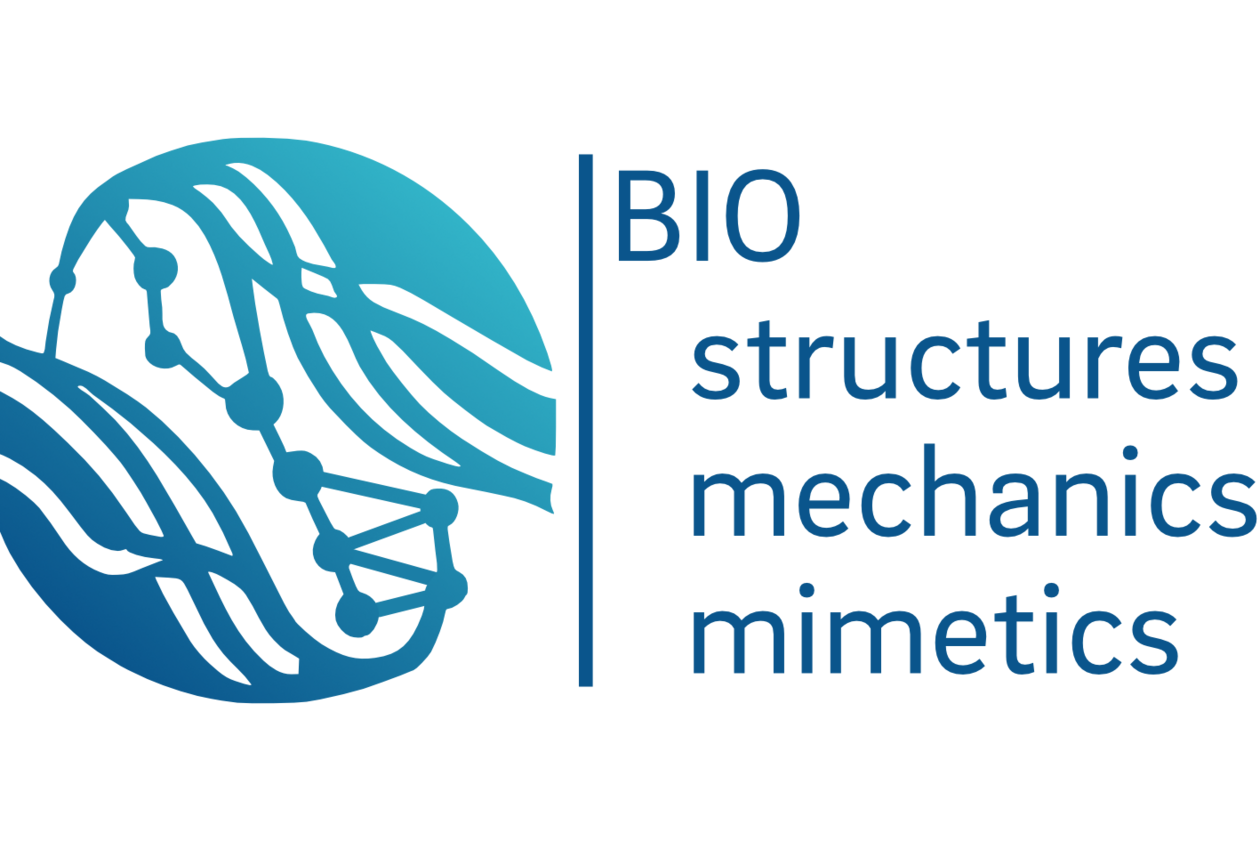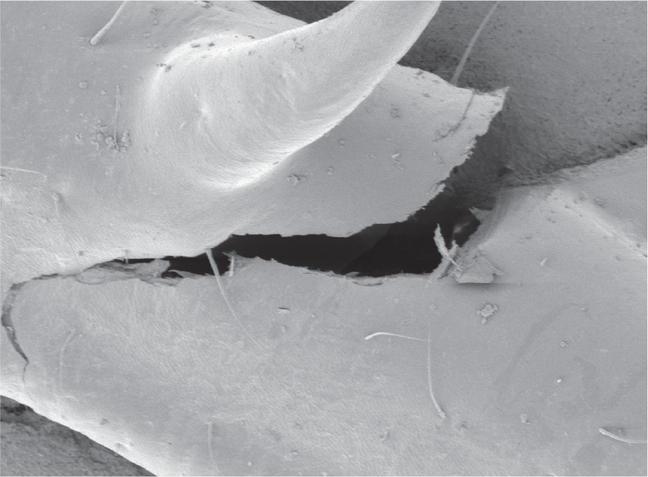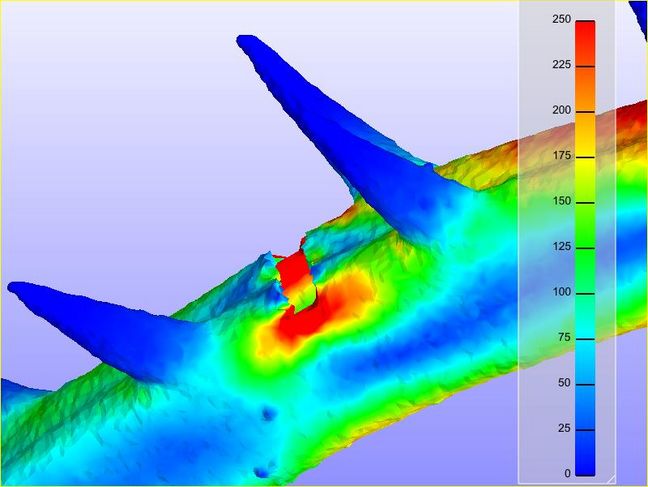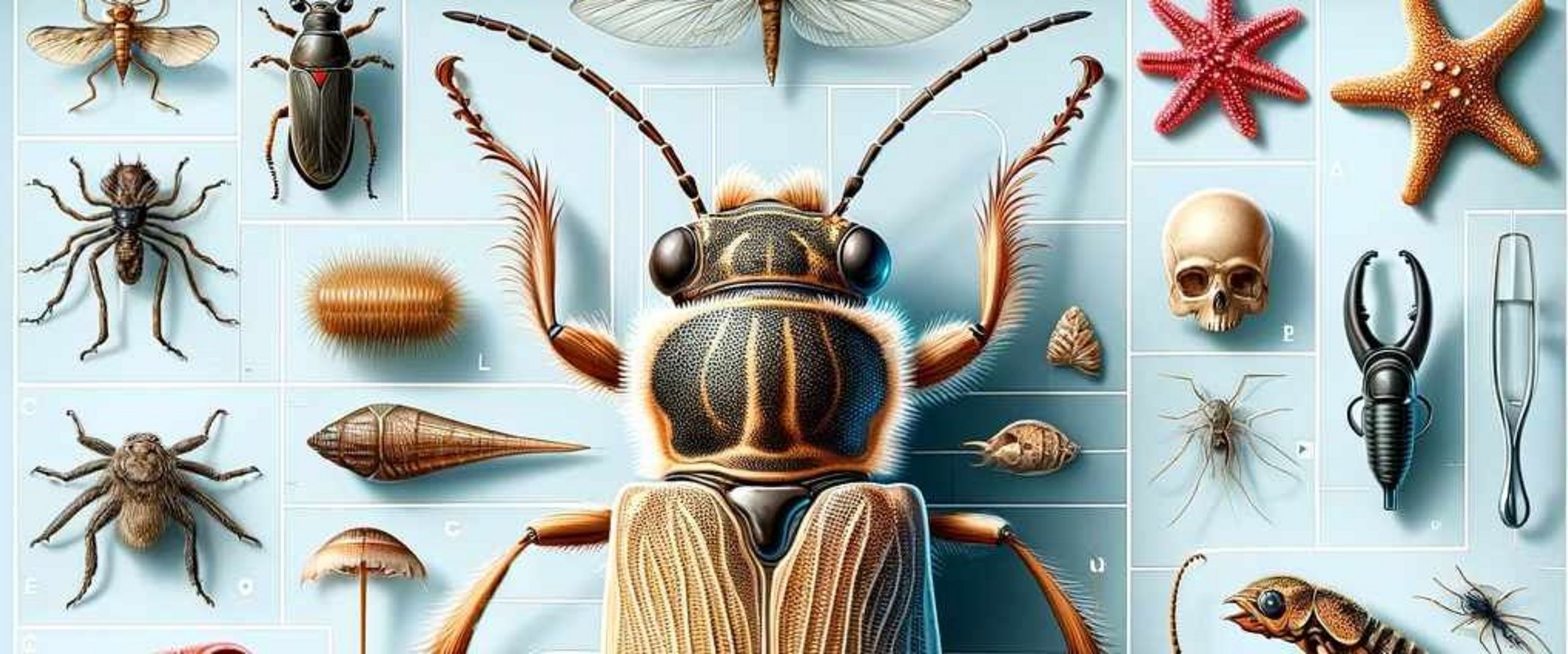
Biological Structures and Biomimetics
© Hochschule Bremen - Jan-Henning Dirks
Arthropods, constituting over 80% of extant animal species, are predominantly represented by insects, which are characterized by unparalleled diversity and abundance across our planet's ecosystems. This group exhibits an extensive range of evolutionary adaptations, positioning insects as one of the most evolutionarily successful taxa.
A pivotal factor in the evolutionary success of insects is attributed to the cuticle exoskeleton, which ranks as the second most prevalent biological composite material on Earth, surpassed only by cellulose-based biomass. The insect cuticle is distinguished by its unique biomechanical properties and its versatility as a biological material, rendering it an exemplary subject for the engineering of bio-inspired composite materials.
Notwithstanding extensive research endeavors spanning several decades, the fundamental biomechanical characteristics and the underlying principles governing the structure and function of arthropod cuticle are still mostly unknown. Consequently, the potential in harnessing the properties of the cuticle for novel bio-inspired material design remains substantially underexploited.
Below is a list of our current research activities. These projects span various scientific domains, highlighting our commitment to fundamental and applied research in biomechanics and biomimetics.
© Hochschule Bremen - Jan-Henning Dirks
© Hochschule Bremen - Jan-Henning Dirks
Insects are considered to be the evolutionarily most successful multicellular organisms on earth. An important part of their evolutionary success is their cuticle exoskeleton, which is the most common form of skeletal structures on earth.
Surprisingly, compared to our knowledge about other biological materials our understanding of even basic biomechanical properties of arthropod exoskeletons is almost negligible.
In our group we are using a comprehensive and cross-disciplinary biomechanical approach to answer several key fundamental questions regarding material properties, functional morphology and histology in insect exoskeletons.
© Hochschule Bremen - Jan-Henning Dirks
Although insect cuticle is a very common biological material, very little is known about several of its fundamental biological and biomechanical properties. For example, the capability of insect cuticle to heal and repair damage seems to have been underestimated for a long time.
A particulary interesting aspect of cuticle is the ability of several exoskeleton parts to precisely align the orientation of chitin fibres in alternating layers. The orientation of these layers is presumably controlled by the epidermal cells and affected by ambient light conditions.
In several of our research projects we are investigating the principles of cuticle growth, healing and the mechanisms determining the orientation of chitin fibres. These projects are funded by the Deutsche Forschungsgemeinschaft in collaboration with the Max-Planck-Institute Colloids & Interfaces Potsdam, the University of Dresden, the University of Tübingen and the University of Bremen.
© Hochschule Bremen - Jan-Henning Dirks
Often a biomechanical analysis of complex structures such as exoskeleton body parts requires a numerical approach.
Together with our collaborators from several other universities we are developing new tools and models to better undestand material properties and function-morphology-correlation of exoskeletal structures.
© Hochschule Bremen - Jan-Henning Dirks
Most classic engineering joints are based on friction-reducing principles. Several biological joints however are using a different approach. The skeletal structure of the starfish for example allows the organism to maintain a constant body position without the use of external energy. This is achieved by a fascinating combination of small "bone like" structures (ossicles) which are embedded in a unique collagenous matrix.
One of the main goals of the BMBF-funded BIAG project is the analysis, development and construction of such bio-inspired joint structures for various kinds of technical applications.
© Hochschule Bremen - Jan-Henning Dirks
A weak spot in many protective structures, such as ortheses and prothesis, are the connective elements. In addition, deflection and movement of the structures often lead to unwanted wrinkles and creases, which affect functionality and comfort.
In this BMBF-funded project we analyse exoskeletal joint structures found in arthropods and develop bio-inspired concepts to improve protective exoskeletal structures.
This project is a collaboration with Fraunhofer IPA (Stuttgart), the University of Stuttgart, Ortema GmbHand DOI GmbH.
Autonomous and remotely operated underwater vehicles allow us to reach places which have previously been inaccessible and perform complex reparation, exploration and analysis tasks. As their navigation is not infallible, they may cause severe damage to themselves and their often quite fragile surroundings, such as flooded caves, coral reefs or even accompanying divers in case of a collision.
Instead of using rigid encasings, many unicellular organisms such as ciliates, bacteria or algae tolerate impacts. These organisms are only separated from their environment by a single membrane or mostly unsclerotized cell walls. Based on the concept of a “soft exoskeleton” we have developed a biologically inspired, soft and compliant encasing for an underwater vehicle. Our exoskeleton is a versatile and passive solution to protect both the vehicle and its surrounding.
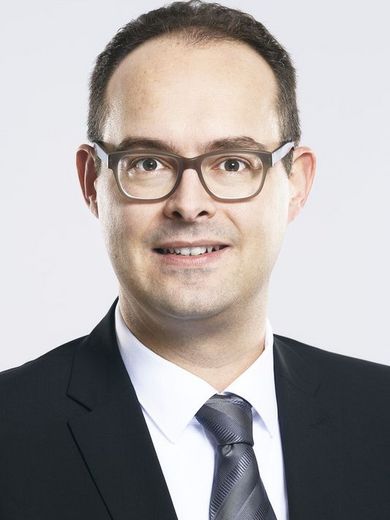
Prof. Dr. Jan-Henning Dirks
Biological Structures and Biomimetics
+49 421 5905 6010
Email
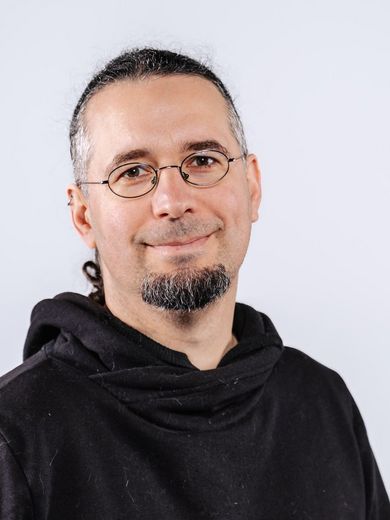
Dr. Jendrian Riedel
Gerätezentrum für Multidisziplinäre Strukturanalyse
+49 421 5905 3479
Email

Jonas Unterholzner
PhD Student - Fatigue and repair mechanisms in insect exoskeletons
+49 421 5905 4150
Email
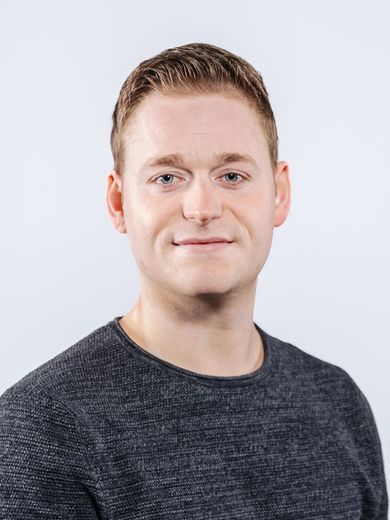
Christoph Bruns
PhD student - Biomechanics of micro-damage in insect exoskeletons
+49 421 5905 4150
Email
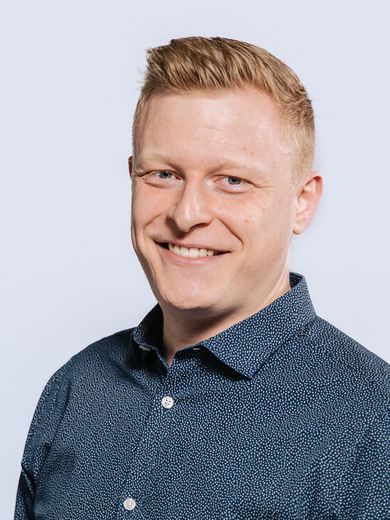
Manuel Schäfer
M.Sc. Student - Multibody simulations of jumping robots
Email

Danus Rawert
M.Sc. student - BIAG Project
